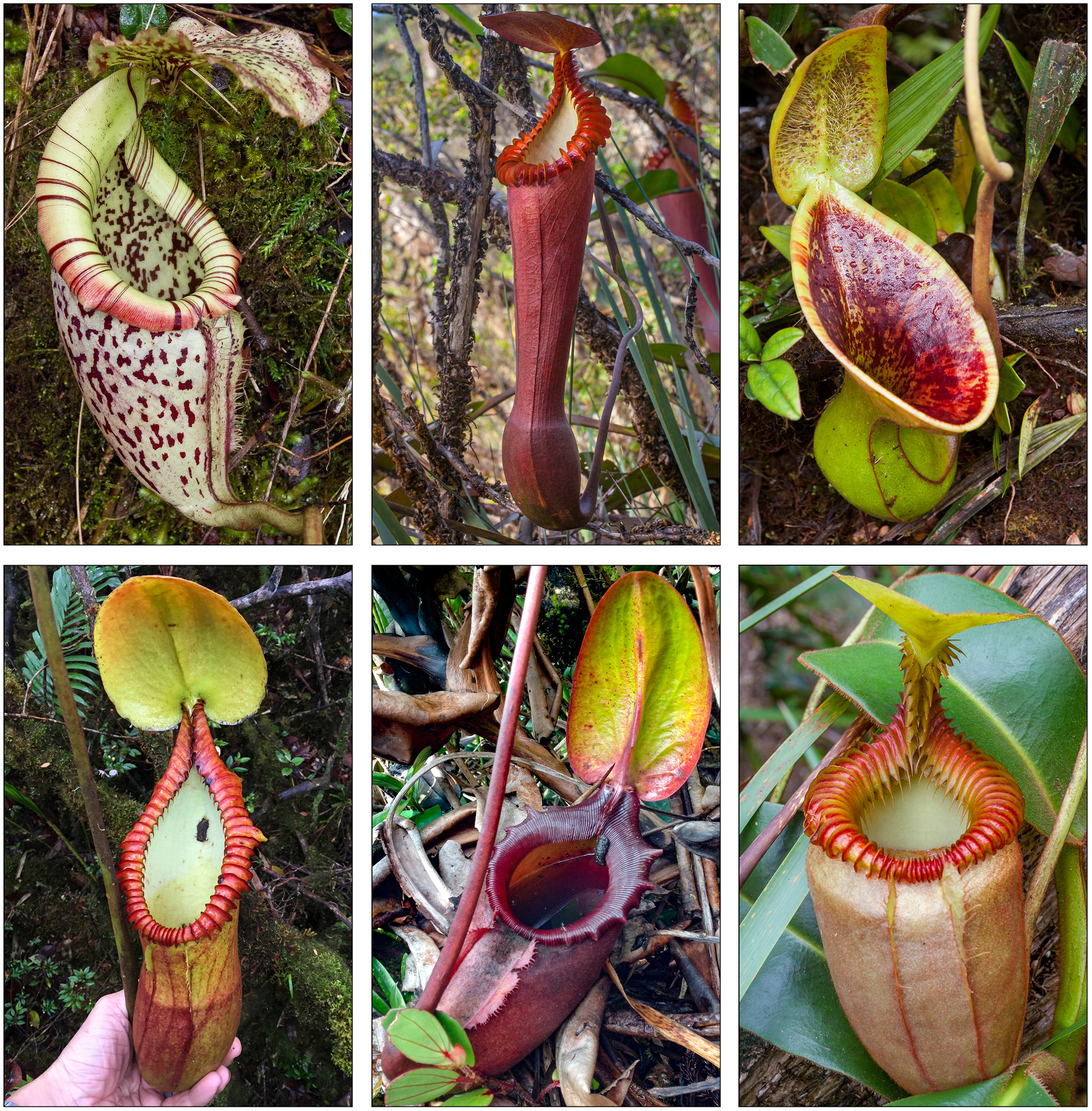News release
From:
In a paper published today, botanist Dr Alastair Robinson, Manager Biodiversity Services at Royal Botanic Gardens Victoria, and colleagues in Western Australia, Queensland, Malaysia, and Germany have shown that some Nepenthes (tropical pitcher plants) are capturing more nitrogen, and therefore nutrients, from mammal droppings as compared to those that capture insects.
“A handful of Nepenthes species have evolved away from carnivory towards a diet of animal scats,” says Dr Robinson.
“We found that nitrogen capture is more than two times greater in species that capture mammal droppings than in other Nepenthes. Insect prey is scarce on tropical peaks above 2200 m, so these plants maximise nutritional returns by collecting and retaining fewer, higher-value nitrogen sources like tree-shrew droppings,” he said.
Nepenthes are some of the most recognisable carnivorous plants on the planet, capturing and digesting organic material in their modified leaves to acquire nitrogen and valuable nutrients that are naturally scarce in their habitats. There are around 160 named Nepenthes species, and these results may explain why some of the most spectacular species occur at high elevations, where investment in food capture mechanisms is greater and more critical to survival.
To reach their conclusions, the team studied isotope enrichment in Nepenthes tissue samples to compare the levels of externally acquired nitrogen and carbon present; they compared the species that capture invertebrates with those that are specialised for the collection of mammal scats, also testing co-occurring non-carnivorous plants as reference controls.
They found that the heavier 15N isotope of nitrogen was significantly enriched in all Nepenthes tested as compared to non-carnivorous plants nearby, but that 15N levels were even greater in those Nepenthes specialised to capture mammal droppings.
Their mutualistic relationship with mountain tree shrews was first published in 2009, but the effectiveness of this strategy for obtaining supplementary nutrition was unknown.
This work was made possible through generous funding and support from Royal Botanic Gardens Victoria, the International Carnivorous Plant Society (USA), a Research Fellowship in Restoration Ecology funded by the Ecological Health Network (USA) and Curtin University (WA), and an Australian Government Research Training Program Scholarship. Also key were permits and support from Sabah Parks, the Sabah Forestry Department, Sabah Biodiversity Council, and Sabah Wildlife Department (Malaysia), as well as BayCEER—the Laboratory of Isotope Biogeochemistry, at the University of Bayreuth (Germany).
The paper is available online here: https://academic.oup.com/aob/article/130/7/927/6779531
Multimedia




 Australia; VIC
Australia; VIC



